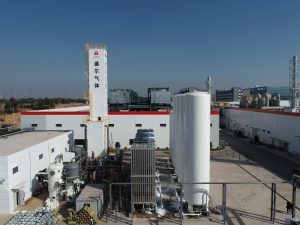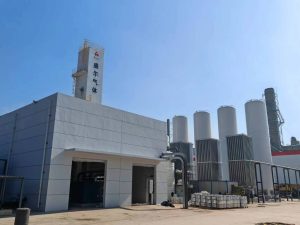盛爾氣體(香港)有限公司 Shenger Gas (Hong Kong) Co., Ltd.
深冷空分(Cryogenic Air Separation)是现代工业生产氧气、氮气、氩气等高纯度气体的主要方法。它透过将空气在极低温环境下冷却至液化,再利用各成分气体沸点不同的特性进行精馏分离。整个过程涉及多项关键设备,如主换热器、精馏塔、冷凝蒸发器和膨胀机,每个环节都影响最终气体的纯度和能耗。
Cryogenic air separation is the primary industrial method for producing high-purity oxygen, nitrogen, and argon. It works by cooling atmospheric air to extremely low temperatures until it liquefies, then separating the components based on their different boiling points. The process relies on several critical units — the main heat exchanger, distillation columns, condenser-evaporator, and expander — each of which determines the system’s overall efficiency and product purity.
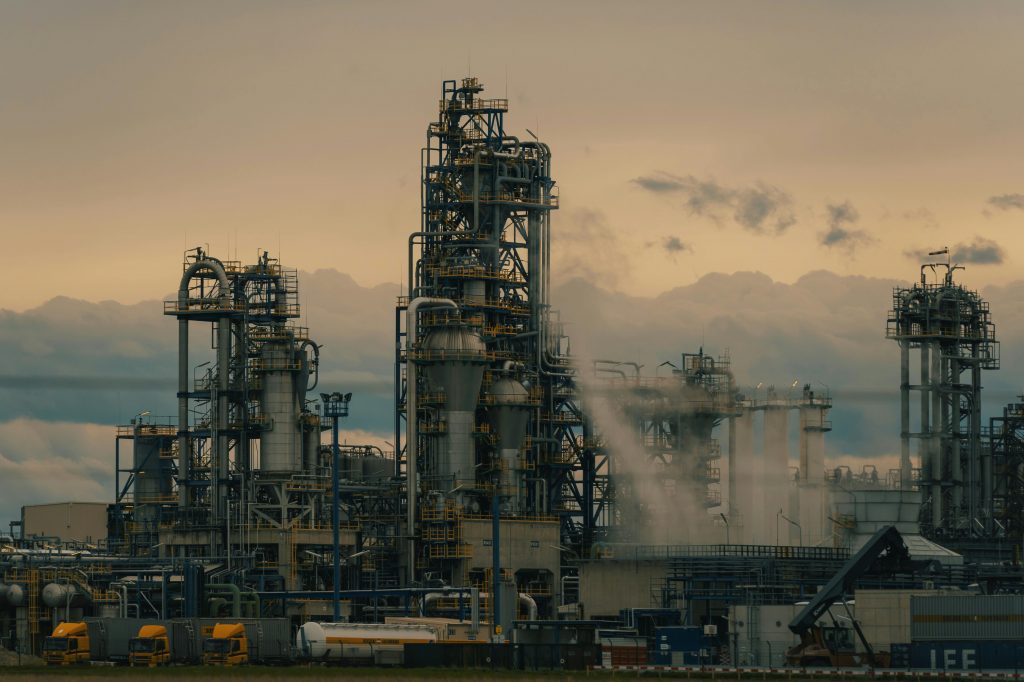
一、空气预处理与压缩(Air Compression and Purification)
空气在进入空分系统之前,首先会通过除尘器过滤,再由空压机压缩到大约0.5~0.7MPa。压缩后的空气会经过冷却器降温,然后进入分子筛纯化系统,去除水份、二氧化碳和碳氢化合物。这一步非常重要,因为如果CO2和H2O未完全去除,在后续深冷阶段会凝固成冰,导致管路堵塞。
Before entering the ASU, ambient air is first filtered through a dust separator and compressed to around 0.5–0.7 MPa. The compressed air is then cooled and passed through a molecular sieve purifier, which removes moisture, CO₂, and hydrocarbons. This purification stage is essential — residual water or CO₂ would freeze in the cryogenic section, blocking pipelines and damaging the equipment.
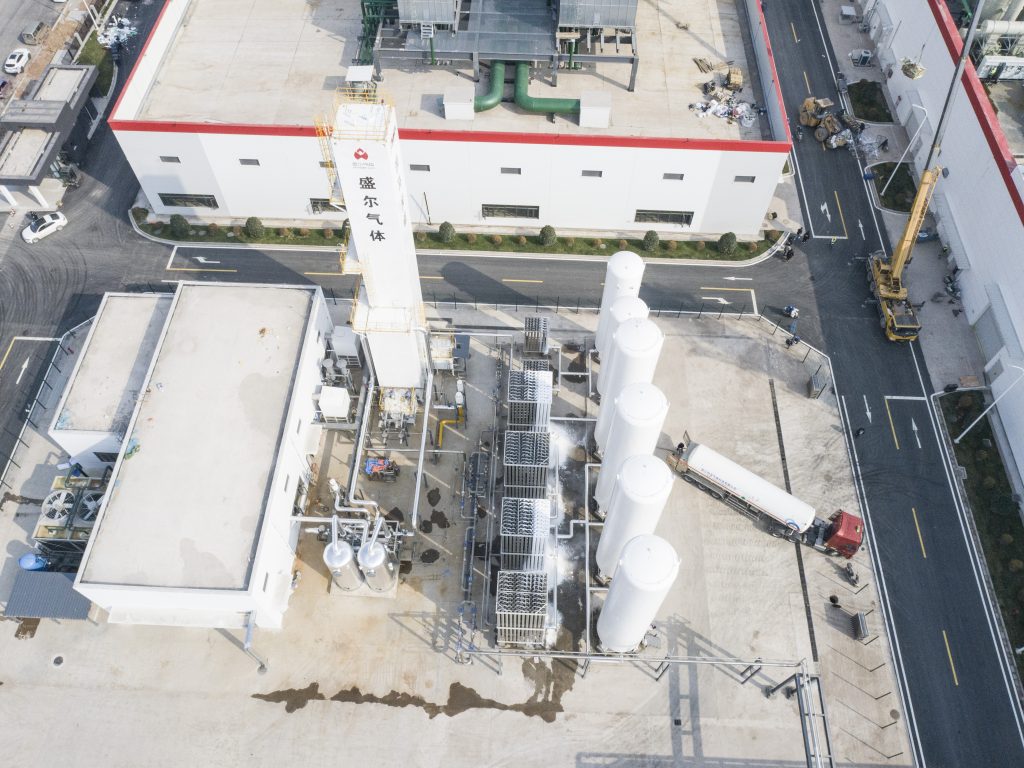
二、主换热器冷却过程(Main Heat Exchanger Cooling)
经过纯化的压缩空气会被送入主换热器,利用已经冷却回来的污氮、氧氮混合气体进行热交换。在此过程中,空气温度从常温降至-170℃左右,接近液化点。主换热器既要保持高效传热,又要防止气体冷凝结霜,因此其结构设计对整个系统能效影响极大。
The purified compressed air enters the main heat exchanger, where it exchanges heat with returning waste nitrogen and oxygen-nitrogen mixtures. The air temperature is reduced from ambient to around -170°C, near the liquefaction point. The exchanger must achieve efficient heat transfer while preventing icing or frost formation — its design directly impacts system efficiency and reliability.
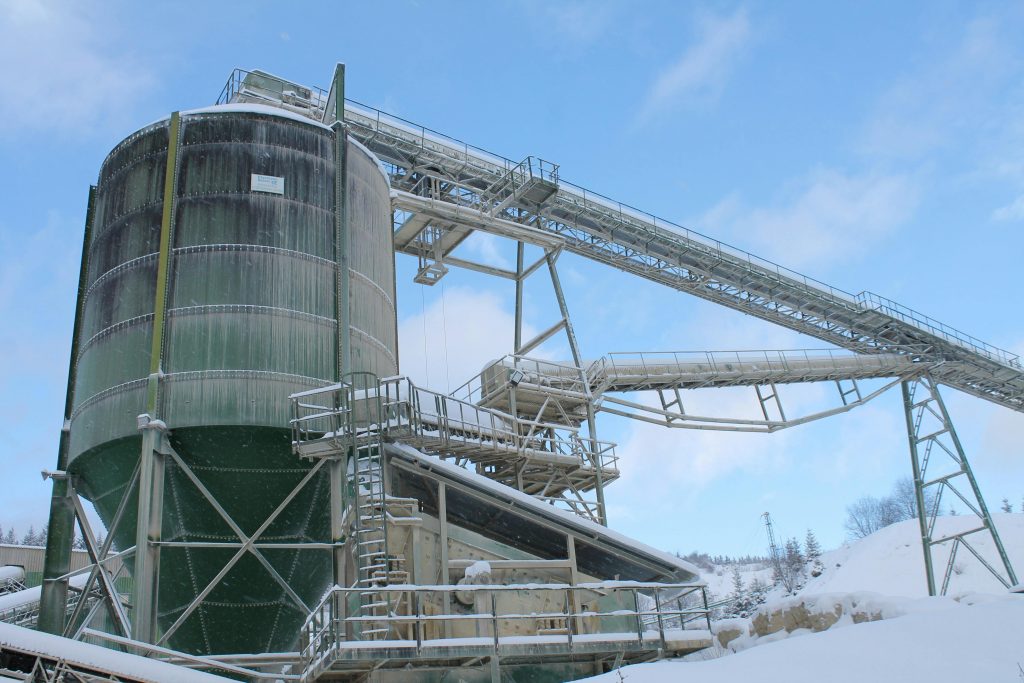
三、膨胀机产冷与液化(Expansion Cooling and Liquefaction)
为了产生深冷所需的低温,一部分空气会送入膨胀机中进行绝热膨胀。气体压力下降同时温度急剧降低,释放出冷量供整个系统使用。经过膨胀的空气返回主换热器冷端,为进入塔系统的气体提供液化条件。膨胀机通常采用轴承式或气悬浮结构,以确保稳定运行。
To generate the required refrigeration, part of the air stream is expanded adiabatically in an expander. The gas pressure drops sharply, producing significant cooling power that is distributed throughout the system. The expanded air then returns to the cold end of the main exchanger, precooling the incoming stream. Modern expanders use oil-free or gas-bearing designs for stable and maintenance-free operation.
四、精馏塔分离过程(Rectification and Distillation Columns)
液化的空气进入精馏塔系统(一般包括高压塔和低压塔),利用氧气(-183℃)和氮气(-196℃)沸点差进行气液平衡分离。上塔主要产出高纯度氮气,下塔产出液氧。部分液氮回流到高压塔作为冷源,确保分离效果稳定。氩气若需回收,通常会在中间层设置氩精馏塔。
The liquefied air flows into the rectification column system, usually composed of a high-pressure column and a low-pressure column. Based on the boiling point difference between oxygen (-183°C) and nitrogen (-196°C), phase equilibrium separation occurs. The upper section yields high-purity nitrogen, while the bottom produces liquid oxygen. Part of the liquid nitrogen is refluxed to the high-pressure column to maintain stability. If argon recovery is required, a dedicated argon column is installed between the two stages.
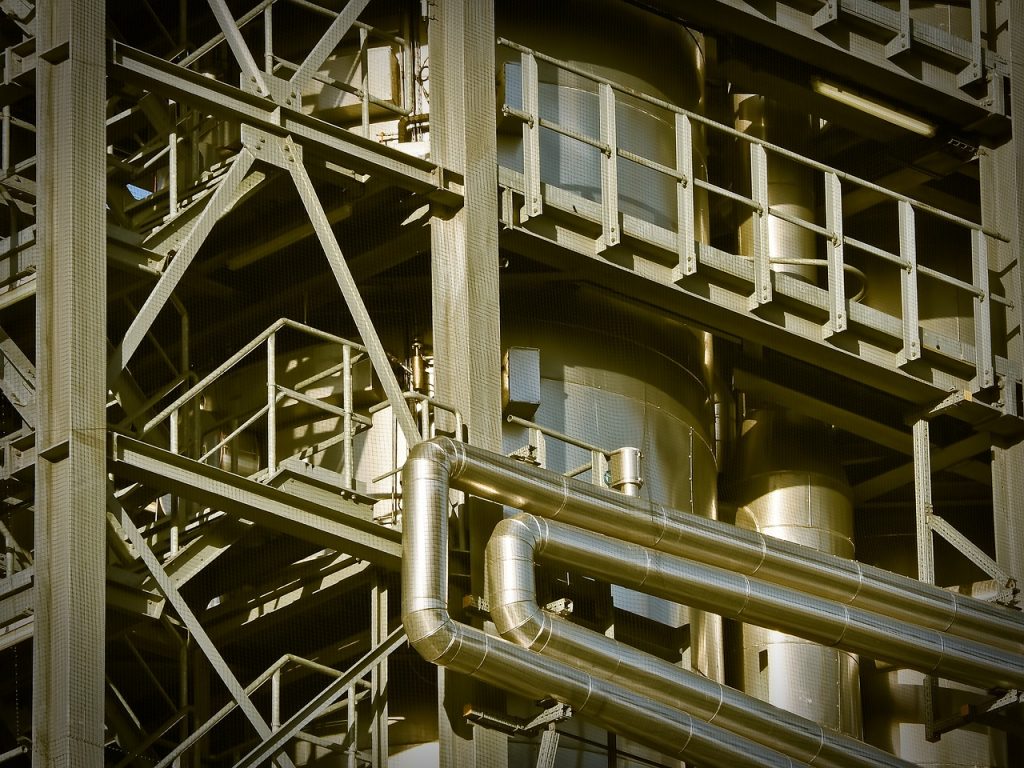
五、冷凝蒸发器的作用(Role of the Condenser-Evaporator)
冷凝蒸发器位于高压塔与低压塔之间,是深冷空分系统的「热平衡核心」。高压塔顶的气氮放热冷凝成液氮,同时将热量传给低压塔底的液氧,使其蒸发成气氧。这个双向传热过程保持了两塔之间的热动平衡,确保整个精馏系统稳定运行。
The condenser-evaporator, located between the high and low-pressure columns, is the thermal heart of the cryogenic system. Gaseous nitrogen from the high-pressure column condenses into liquid nitrogen, releasing heat to vaporize the liquid oxygen at the bottom of the low-pressure column. This bidirectional heat exchange maintains the system’s thermal balance and ensures steady-state operation.
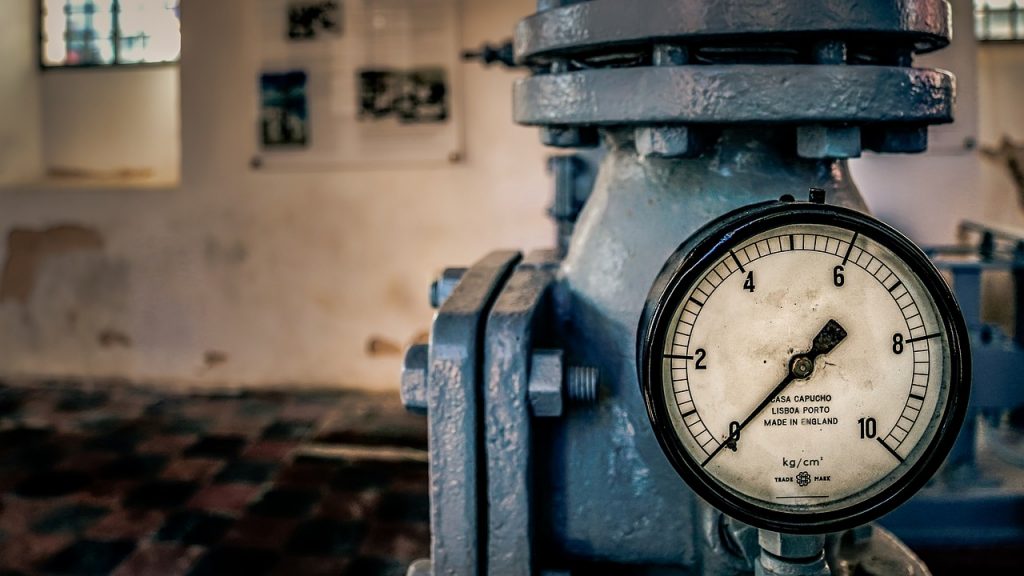
六、产品输出与能效控制(Product Output and Energy Efficiency)
精馏完成后,液氮、液氧可根据客户需求泵送成气体产品供应,也可直接以液体形式贮存。现代深冷空分设备多采用DCS或PLC控制系统,实现压力、流量、液位、纯度自动监控。盛尔气体(香港)有限公司在系统节能设计上特别注重主换热器压差控制、膨胀机回收冷量和液氮回流比例,使整体能耗降低10–15%。
After rectification, liquid nitrogen and liquid oxygen are either vaporized for gaseous supply or stored directly as cryogenic liquids. Modern ASUs use DCS or PLC automation for real-time monitoring of pressure, flow, liquid levels, and purity. Shenger Gas (Hong Kong) optimizes energy efficiency through precise heat exchanger differential control, expander cold recovery, and nitrogen reflux adjustment — achieving 10–15% lower power consumption compared with conventional systems.
七、深冷空分技术的应用价值(Applications and Industrial Value)
深冷空分技术广泛应用于钢铁冶炼、化工、电子、能源、医疗、食品冷冻和光伏制造等领域。它不仅是氧气、氮气生产的基础技术,也是国家工业基础能力的象征。随着新能源产业发展,对高纯气体需求持续上升,深冷空分设备的效率与可靠性将成为企业竞争关键。
Cryogenic air separation is essential in steelmaking, petrochemicals, electronics, energy, healthcare, food processing, and photovoltaics. It not only underpins the production of oxygen and nitrogen but also represents a nation’s industrial capability. With the rise of new energy industries, demand for high-purity gases continues to grow, making ASU efficiency and reliability key factors for competitiveness.
结语(Conclusion)
深冷空分原理听起来复杂,但本质就是透过低温技术和物理分离原理,将「空气」变成「工业资源」。盛尔气体(香港)有限公司多年致力于深冷空分、制氮制氧及气体纯化系统的研发和EPC工程,为全球客户提供高效、安全、节能的气体解决方案。
Although technically complex, cryogenic air separation is fundamentally a process that turns ordinary air into valuable industrial resources through ultra-low temperature and phase separation. Shenger Gas (Hong Kong) has extensive experience in ASU engineering, nitrogen/oxygen generation, and gas purification, offering efficient, safe, and energy-saving gas solutions for global clients.

